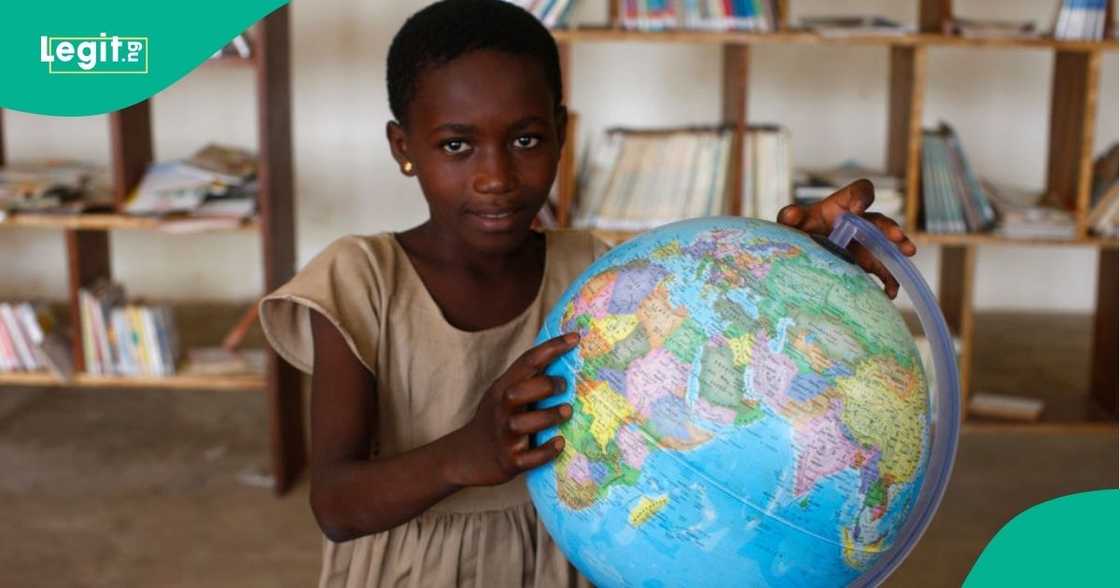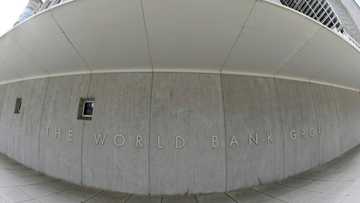FULL LIST: 10 Countries with Highest Population Size in 2025
- Global population growth remains uneven, with just ten countries accounting for a significant share of the world’s 2025 population, according to United Nations estimates
- India, China, and the United States top the list, while rapidly growing nations like Nigeria, Pakistan, and Ethiopia show the youthful, high-growth trends shaping developing regions
- These demographic shifts influence everything from economic planning to global sustainability
The global population continues to grow, with some countries accounting for a significant share of the total.
Based on 2025 estimates by the United Nations Population Division, there are ten countries known to be the most populous in the world.

Source: Getty Images
Their demographic trends not only shape their economies and politics but also impact global development and sustainability efforts.
In light of thr above, Legit.ng has put together a list of these 10 most populous countried:
1. India
India has officially surpassed China to become the most populous country in the world, with an estimated population of 1.46 billion in 2025.
The South Asian giant continues to experience a moderate growth rate of 0.89%, adding nearly 13 million people in just one year.
Despite this massive number, the country’s urbanisation rate remains relatively low at 37.1%, with much of its population still living in rural areas.
The population density in India is significantly high at 492 people per square kilometre, placing immense pressure on housing, healthcare, education, and employment systems.
2. China
China, once the world’s most populous nation, now comes in second with a population of about 1.42 billion.
Interestingly, the country is experiencing a population decline of 0.23%, losing over 3.2 million people in the past year.
This drop is largely due to a combination of low fertility (1.02) and an ageing population, with the median age at 40.1 years.
Urbanisation in China is high, with nearly 67.5% of the population residing in urban areas.
Despite its size and economic strength, China’s demographic trends present future challenges, especially in terms of labour shortages and the rising costs of elderly care.
3. United States
With a 2025 population of approximately 347 million, the United States holds the third spot globally. Unlike China, the US population is still growing, albeit modestly at 0.54%, thanks in part to a net migration gain of over 1.2 million people.
The country also has a relatively high urbanisation rate of 82.8% and a median age of 38.5 years.
The US’s population distribution is less dense compared to many other top-ten countries, with just 38 people per square kilometre.
A fertility rate of 1.62 keeps natural growth modest, making immigration a key contributor to the country’s demographic sustainability.
4. Indonesia
Indonesia is the most populous country in Southeast Asia and the fourth most populous globally, with an estimated 285.7 million people in 2025. It is experiencing a steady growth rate of 0.79%, adding over 2.2 million people this year.
The archipelagic nation has a fertility rate of 2.1, which is near the replacement level.
The population is relatively young with a median age of 30.4 years, and about 59.6% live in urban areas.
Although the country faces geographic challenges in infrastructure and service delivery due to its spread across thousands of islands, its demographic momentum continues to fuel economic expansion and labour force growth.
5. Pakistan
Pakistan is home to an estimated 255 million people, making it the fifth most populous country in the world.
With a high yearly growth rate of 1.57% and an extremely high fertility rate of 3.5, the country added nearly 4 million people in 2025 alone. However, only 34.4% of its population lives in urban areas, indicating significant pressure on rural resources.
Pakistan’s median age is just 20.6 years, reflecting one of the youngest populations in the world. While this youth bulge offers potential for growth, it also poses challenges in terms of education, employment, and health infrastructure.
6. Nigeria

Source: Getty Images
Nigeria is the most populous country in Africa and sixth globally, with a population exceeding 237 million in 2025.
It also has the highest annual growth rate among the top ten at 2.08%, and a fertility rate of 4.3, resulting in a population increase of nearly 4.8 million in a single year.
The country's median age is just 18.1 years, making it the youngest population on this list.
Despite its oil wealth and economic potential, Nigeria struggles with infrastructural development, high unemployment, and healthcare delivery, issues that are only magnified by rapid population growth.
7. Brazil
Brazil remains the largest country by population in South America, with around 212.8 million people in 2025, placing it seventh globally.
While its population growth is relatively slow at 0.38%, it still added over 800,000 people this year. The country’s fertility rate is 1.6, which is below the replacement level.
With a median age of 34.8 years and urbanisation at 91.4%, Brazil is one of the most urbanised nations on the list. The country’s population dynamics are stabilising, but challenges around income inequality, healthcare access, and education persist.
8. Bangladesh
Bangladesh is the eighth most populated country, housing over 175 million people on a relatively small landmass, leading to an extraordinarily high population density of 1,350 people per square kilometre.
The country added over 2.1 million people in 2025, growing at a rate of 1.22%.
Despite these numbers, Bangladesh maintains a fertility rate of 2.11 and a youthful median age of 26 years. Urbanisation remains low at 42.6%, and limited land availability places significant strain on housing, transport, and public services, especially in major cities like Dhaka.
9. Russia
Russia, the world’s largest country by land area, ranks ninth in population with around 144 million people in 2025. It is experiencing a population decline of 0.57%, losing over 800,000 people in one year.
This decline is attributed to an ageing population (median age of 40.3 years) and a low fertility rate of 1.47.
Despite having a vast territory, Russia’s population density is extremely low at 9 people per square kilometre.
The country remains highly urbanised at 75%, but its demographic trends pose significant concerns for economic productivity and military readiness in the coming decades.
10. Ethiopia
Ethiopia rounds off the list as the tenth most populous country, with over 135 million people and the fastest growth rate among the top ten at 2.58%.
The country added more than 3.4 million people this year alone, supported by a fertility rate of 3.81 and a very young median age of 19.1 years.
Only 22.5% of Ethiopians live in urban areas, highlighting a predominantly rural population. Rapid population growth has driven national reforms, but it also stretches resources in education, health, and infrastructure—making development goals both urgent and complex.
Top 10 happiest countries in Africa in 2025
Previously, Legit.ng reported that While African nations often face formidable social and economic challenges, several countries have steadily climbed the happiness rankings, offering a fresh perspective on well-being across the continent.
The 2025 World Happiness Report has spotlighted the top African nations where citizens report the highest life satisfaction, based on a rigorous analysis of six key factors: GDP per capita, social support, healthy life expectancy, freedom, generosity, and perceptions of corruption.
Source: Legit.ng








